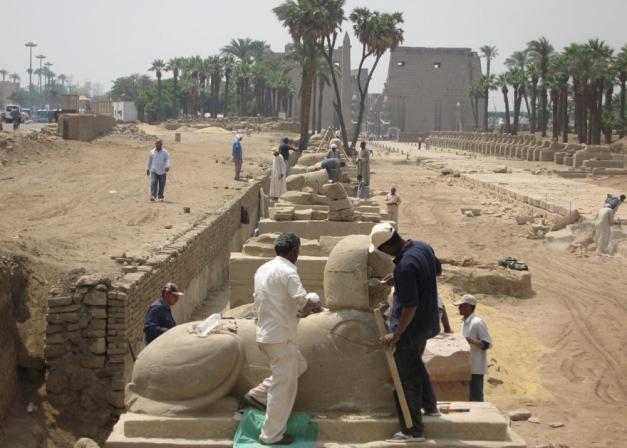OF THE
TIMES
Heaven and hell are eternal places because they are always present at the extremes of human existence, for better or for worse. People are constantly choosing between them, although they are generally not conscious of that in an articulated manner.
They cannot hide it any longer. Too many of us have witnessed it to attempt that.
As the SOTT comment says, that is just the start, seizing Russia's assets. When are they coming for yours and mine?
"it's time to listen not to the trumpet voice of advisers from overseas, but to common sense" And where does one find that commodity?
Either trying to protect their crops or genuinely concerned for us. Hard tellin' not knowin' 'em.
Beijing in the meantime has offloaded more than $400 billion worth of US Treasury bonds since 2021 . This is more important! Largest holder of...
To submit an article for publication, see our Submission Guidelines
Reader comments do not necessarily reflect the views of the volunteers, editors, and directors of SOTT.net or the Quantum Future Group.
Some icons on this site were created by: Afterglow, Aha-Soft, AntialiasFactory, artdesigner.lv, Artura, DailyOverview, Everaldo, GraphicsFuel, IconFactory, Iconka, IconShock, Icons-Land, i-love-icons, KDE-look.org, Klukeart, mugenb16, Map Icons Collection, PetshopBoxStudio, VisualPharm, wbeiruti, WebIconset
Powered by PikaJS 🐁 and In·Site
Original content © 2002-2024 by Sott.net/Signs of the Times. See: FAIR USE NOTICE

Reader Comments
to our Newsletter